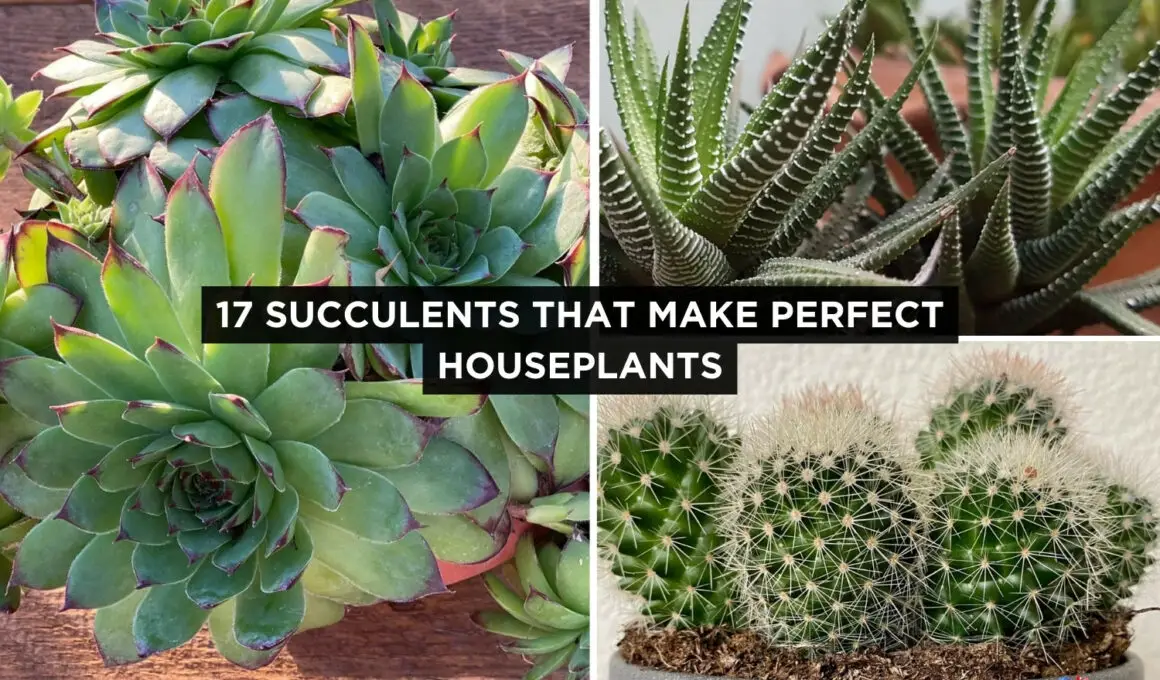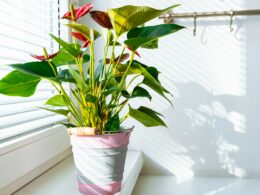In This Article Show
Succulents have carved out a special place in the hearts of plant enthusiasts and home decorators alike. Their charm lies not only in their fascinating shapes and colors but also in their remarkable ability to thrive with minimal fuss.
Whether you’re someone who forgets to water plants or a seasoned gardener looking to expand your collection, succulents are a perfect choice. They’re not just plants; they’re a beginner-friendly gateway to greener living and a test of creativity for the more experienced.
In this post, we’ll explore 17 succulent varieties that are ideal for indoor environments. From the well-loved Aloe Vera to the striking Zebra Plant, each of these succulents brings its unique vibe to your home or office space. They require so little yet give back so much in return—purifying the air, enhancing your mood, and even providing aloe for your skin or a talking point at your next gathering.
Top Succulent That Makes Perfect Houseplants
So, whether you’re looking to greenify your living space or searching for that perfect, low-maintenance companion for your desk, join me as we explore these 17 magnificent succulents that make perfect houseplants.
1. Aloe Vera (Aloe barbadensis miller)

Aloe Vera is more than just a plant; it’s a home remedy staple known for its thick, fleshy leaves filled with a gel that soothes burns and skin irritations. Thrives in bright, indirect sunlight and requires watering every 3 weeks or when the soil is completely dry. Avoid standing water to prevent rot.
Aloe Vera gel contains compounds known to reduce pain and inflammation, making it a natural first-aid kit for minor cuts and burns.
Get Gardening For Beginners
Our new EBOOK shows newcomers and green thumbs alike a step by step guide to growing the garden of their dreams.
2. Jade Plant (Crassula ovata)
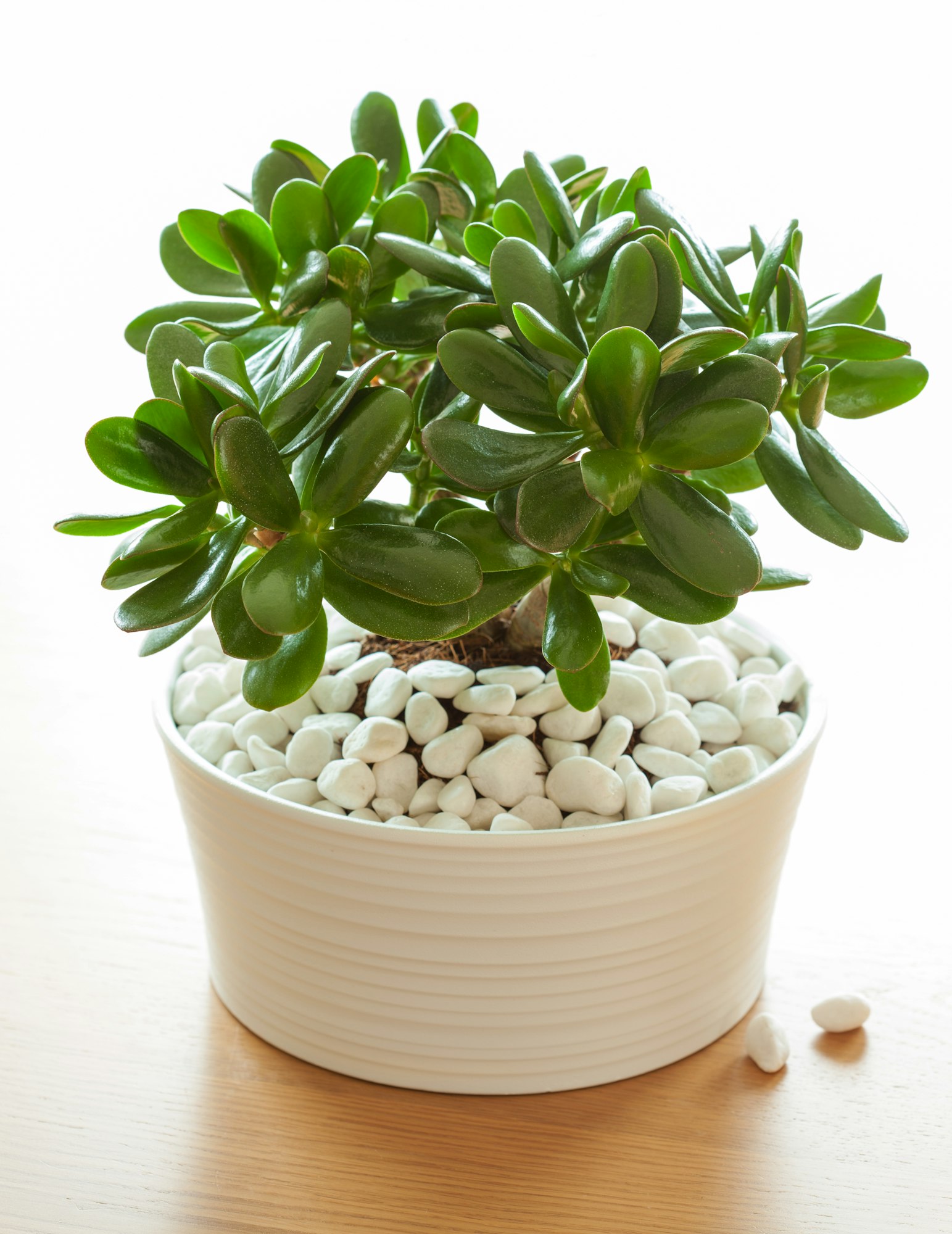
With its woody stems and vibrant green leaves that sometimes show a hint of red, the Jade Plant resembles a miniature tree and symbolizes prosperity in many cultures. Prefers full sun to partial shade and requires watering when the topsoil feels dry. Overwatering is a common pitfall.
According to Feng Shui, placing a Jade Plant near the entrance of homes or businesses invites wealth and success.
3. Zebra Plant (Haworthiopsis attenuate)
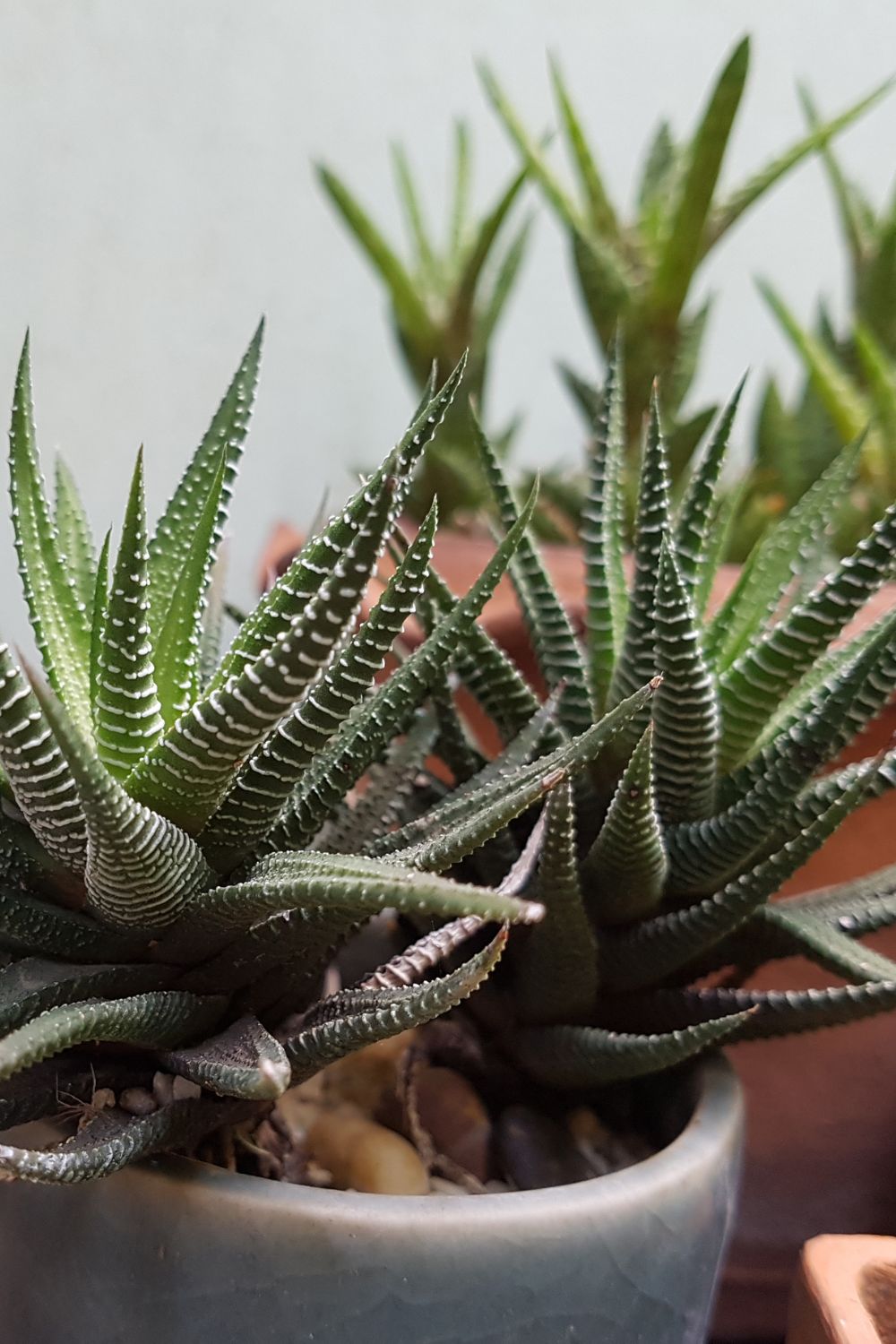
This small, striking succulent is known for its long, pointed leaves decorated with horizontal white stripes, mimicking a zebra’s pattern. Flourishes in bright, indirect light and moderate watering, allowing the soil to dry out between waterings. The Zebra Plant’s unique stripes not only serve as a stunning visual feature but also help it survive by reflecting sunlight.
4. Echeveria (Echeveria spp.)
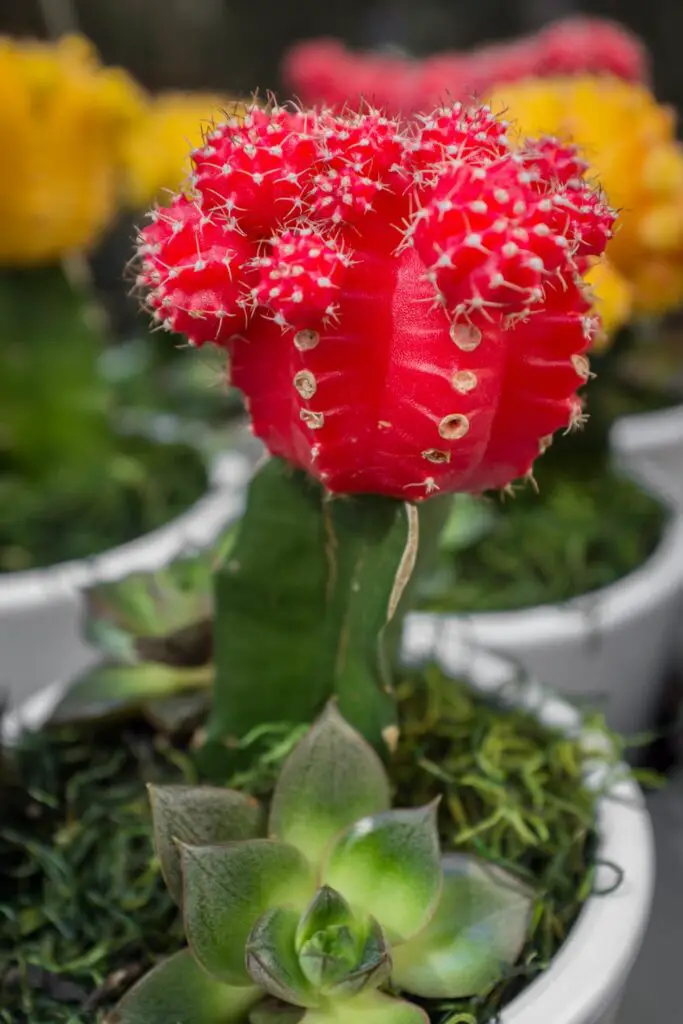
Echeverias are beloved for their rosette shape and wide variety of colors. They’re a staple in succulent gardens due to their sculptural beauty. Requires bright, indirect sunlight and infrequent watering, ensuring the soil dries out completely before the next watering. Their thick leaves store water, making them perfect for gardeners who prefer low-maintenance plants.
5. Snake Plant (Sansevieria trifasciata)
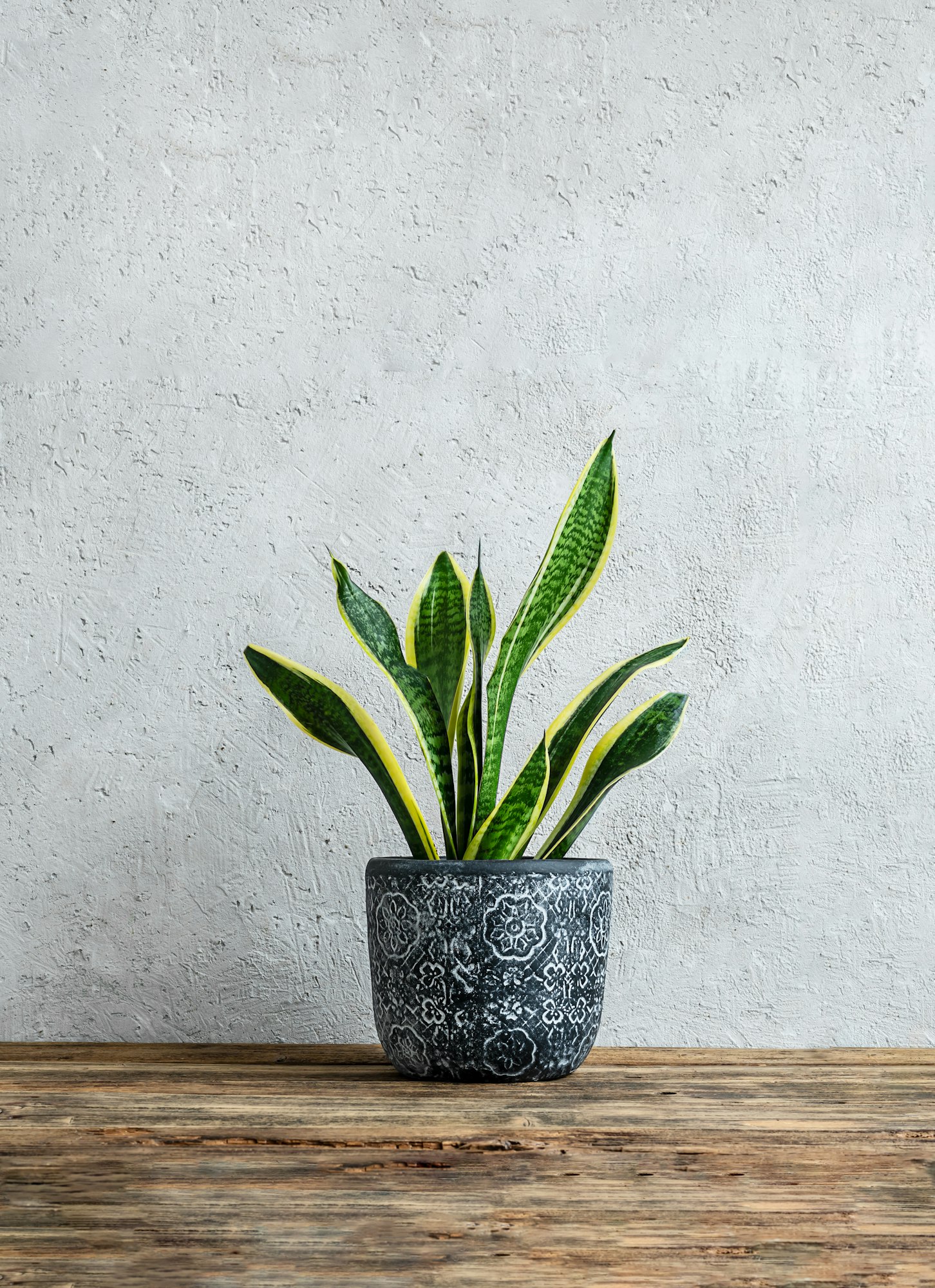
Known for its upright, sword-like leaves, the Snake Plant is not only a striking decor piece but also a powerful air purifier. Extremely adaptable but prefers indirect light and minimal watering, especially in winter. It’s one of the few plants that convert CO2 into oxygen at night, making it an ideal bedroom companion.
6. Panda Plant (Kalanchoe tomentosa)

The Panda Plant stands out with its fuzzy, grey-green leaves adorned with rust-colored tips, making it irresistibly touchable and a perfect addition to any indoor space. Prefers bright, indirect light and can tolerate some morning sun.
Water sparingly, allowing the soil to completely dry out between waterings. Its leaves are covered in tiny hairs that help reduce water loss, a clever adaptation to its native arid environments.
Get Gardening For Beginners
Our new EBOOK shows newcomers and green thumbs alike a step by step guide to growing the garden of their dreams.
7. String of Pearls (Senecio rowleyanus)
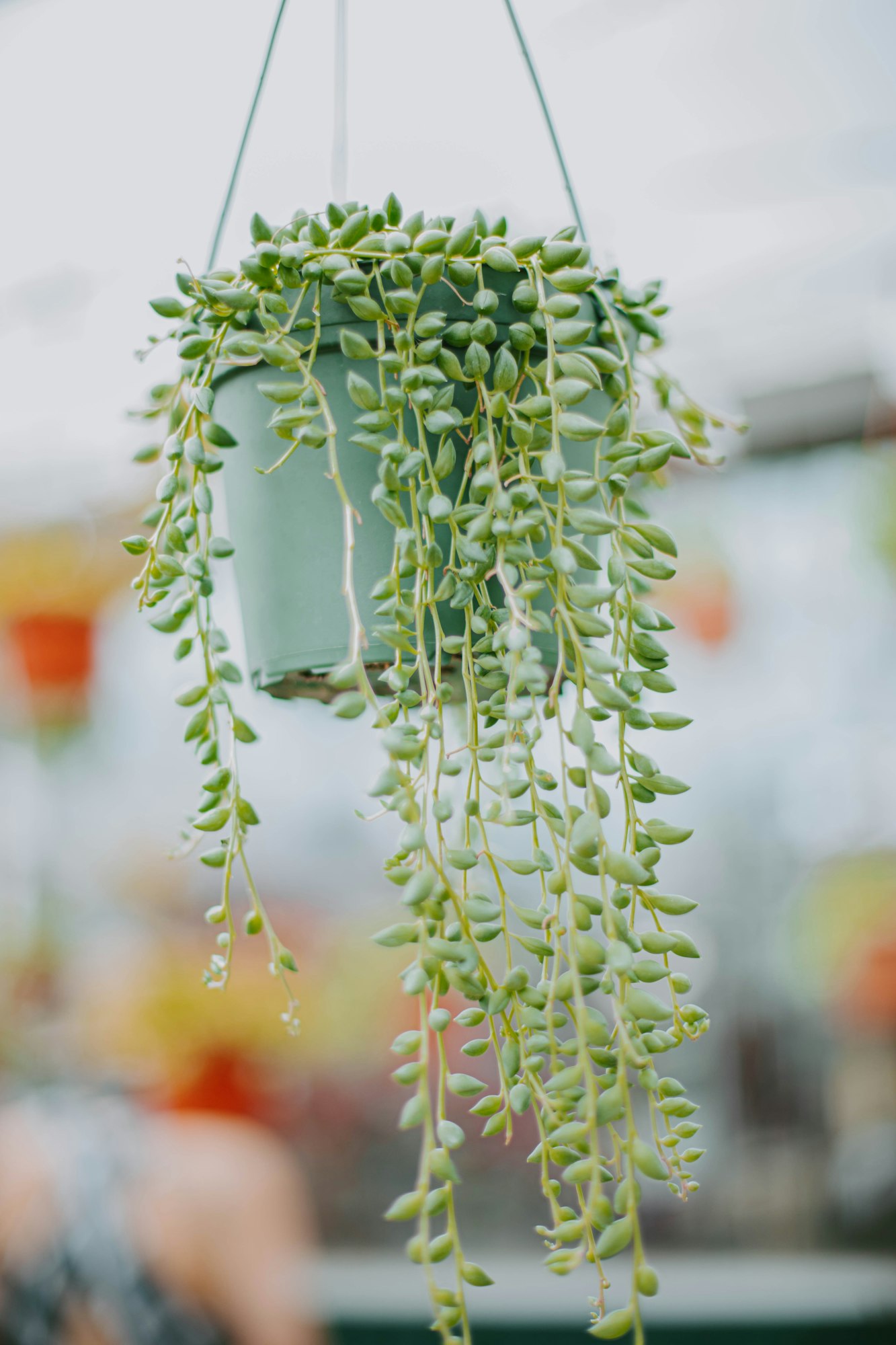
This unique succulent features pea-sized leaves strung together along trailing stems, creating a stunning waterfall effect when hung in baskets. Thrives in bright, indirect light with sparse watering to prevent root rot.
The top layer of soil should dry out before watering again. The round leaves are not just for show; they’re designed to minimize surface area and retain moisture, making this plant a marvel of efficiency.
8. Burro’s Tail (Sedum morganianum)
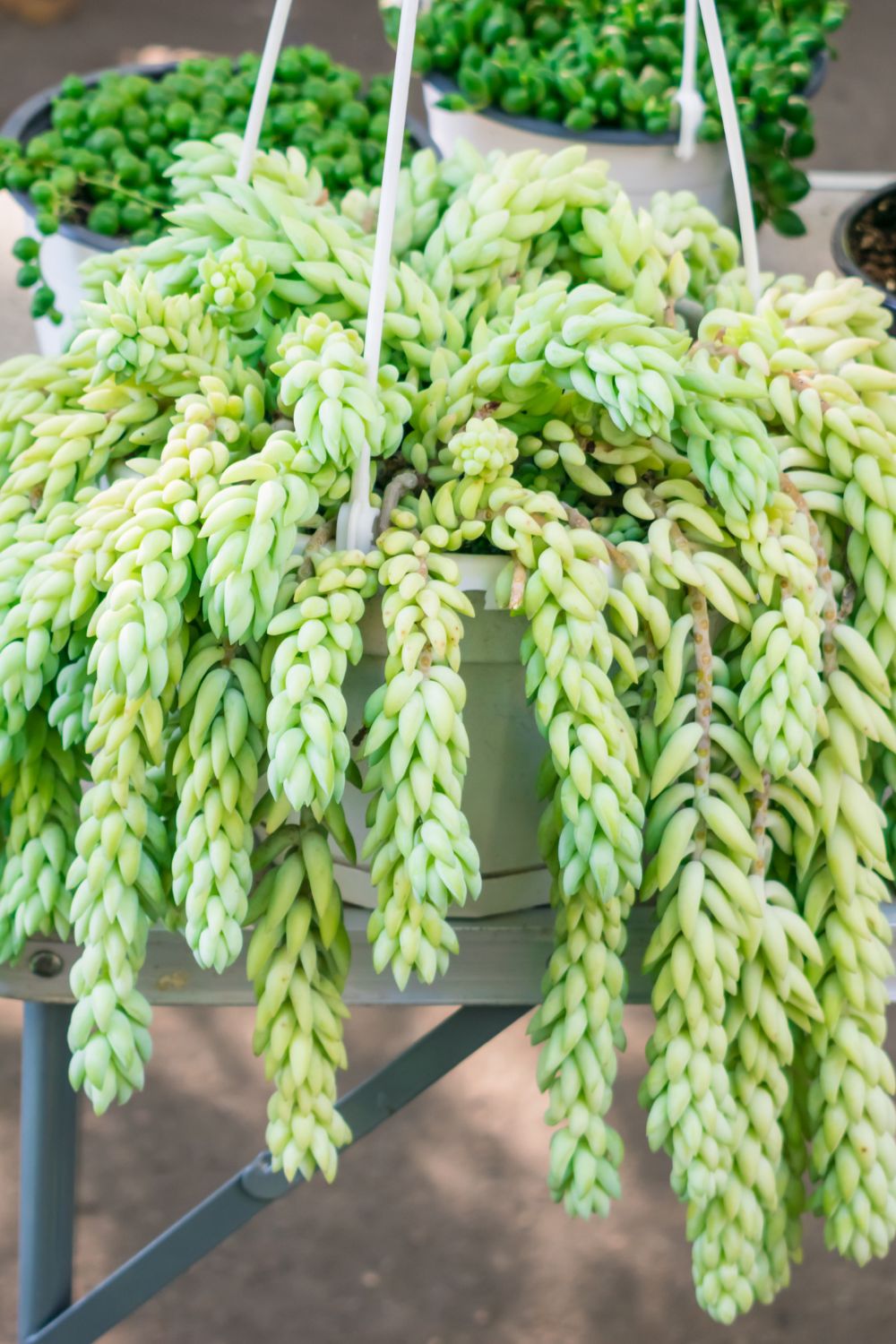
Burro’s Tail is known for its cascading tendrils of teardrop-shaped leaves that can grow impressively long, making it ideal for hanging baskets. Enjoys bright, indirect sunlight and infrequent watering. Be cautious of overwatering, as its stems are susceptible to rot. Each leaf is filled with water reserves, which is why it thrives even when neglected for a bit—perfect for those who might not have a green thumb.
9. Christmas Cactus (Schlumbergera bridgesii)

Unlike its desert relatives, the Christmas Cactus boasts lush, green branches with colorful blooms that appear in winter, just in time for the holiday season. Prefers a spot with indirect light and cooler temperatures. Keep the soil slightly moist, especially during the blooming season.
This plant is known to live for decades, often passed down from generation to generation, becoming a cherished family heirloom.
10. Pincushion Cactus (Mammillaria)
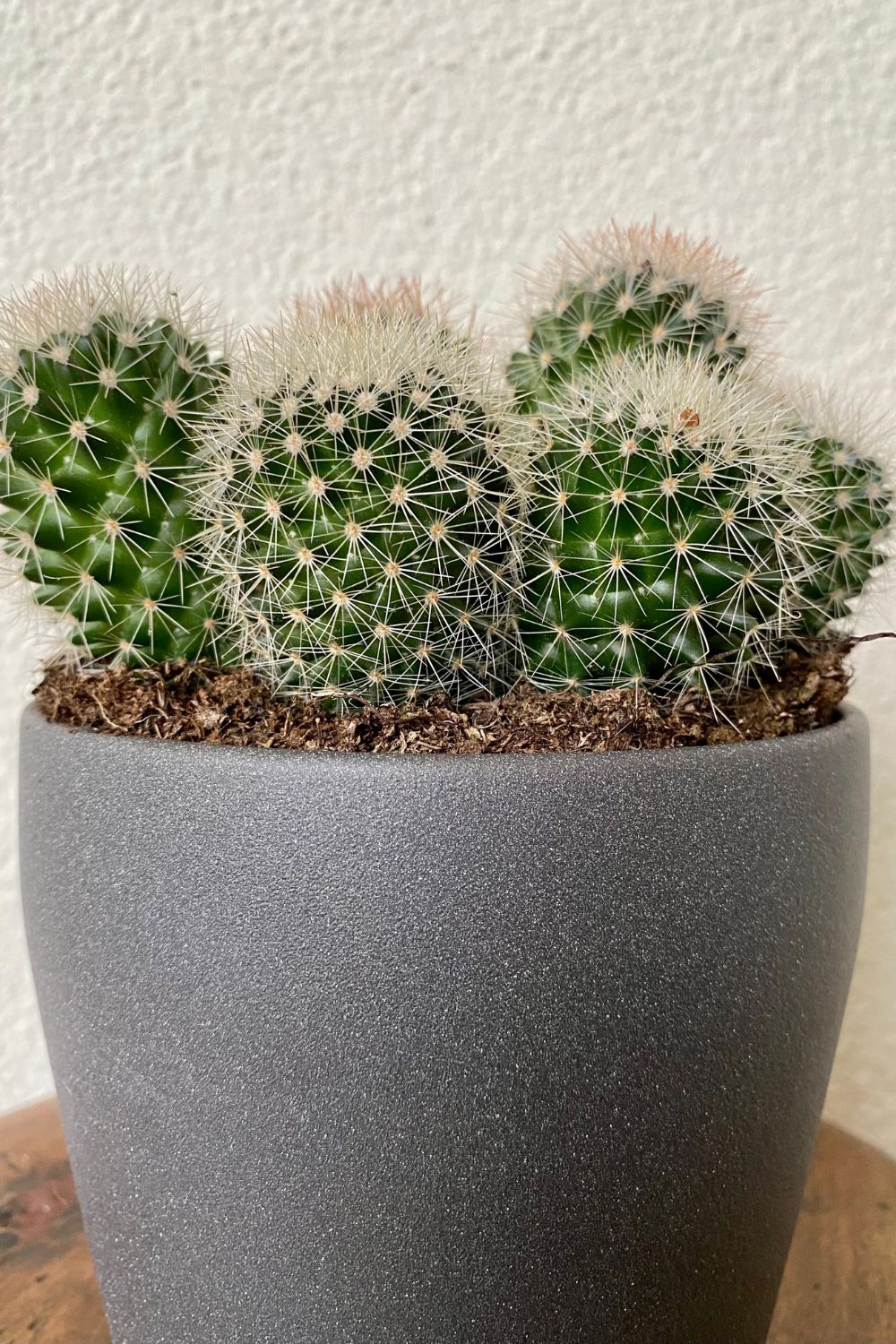
Small yet mighty, the Pincushion Cactus is adorned with spines and sometimes colorful flowers, making it a fascinating, low-maintenance addition to any succulent collection.
Loves direct sunlight and requires minimal water. Allow the soil to dry out completely between waterings to prevent root rot. Its spines offer shade and protection from predators, showcasing nature’s ingenuity in plant design.
11. Lithops (Lithops spp.)
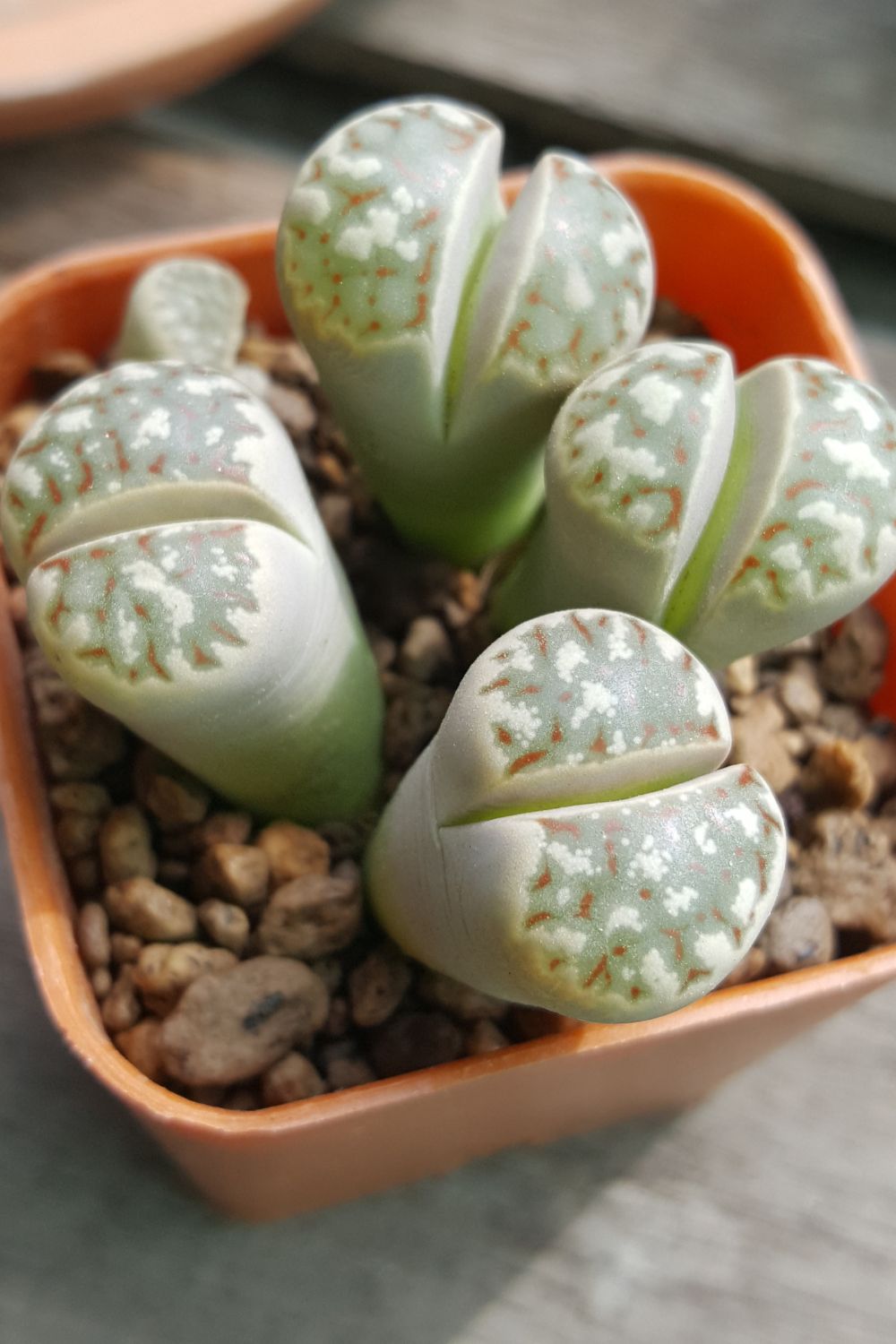
Often called “living stones,” these intriguing succulents mimic the rocks of their native habitat, blending in to avoid being eaten by thirsty animals. Requires bright light and sparse watering, especially during its dormant season in the summer. Overwatering can be fatal. Lithops bloom beautifully daisy-like flowers, a surprising contrast to their stone-like appearance.
12. Sempervivum (Sempervivum spp.)
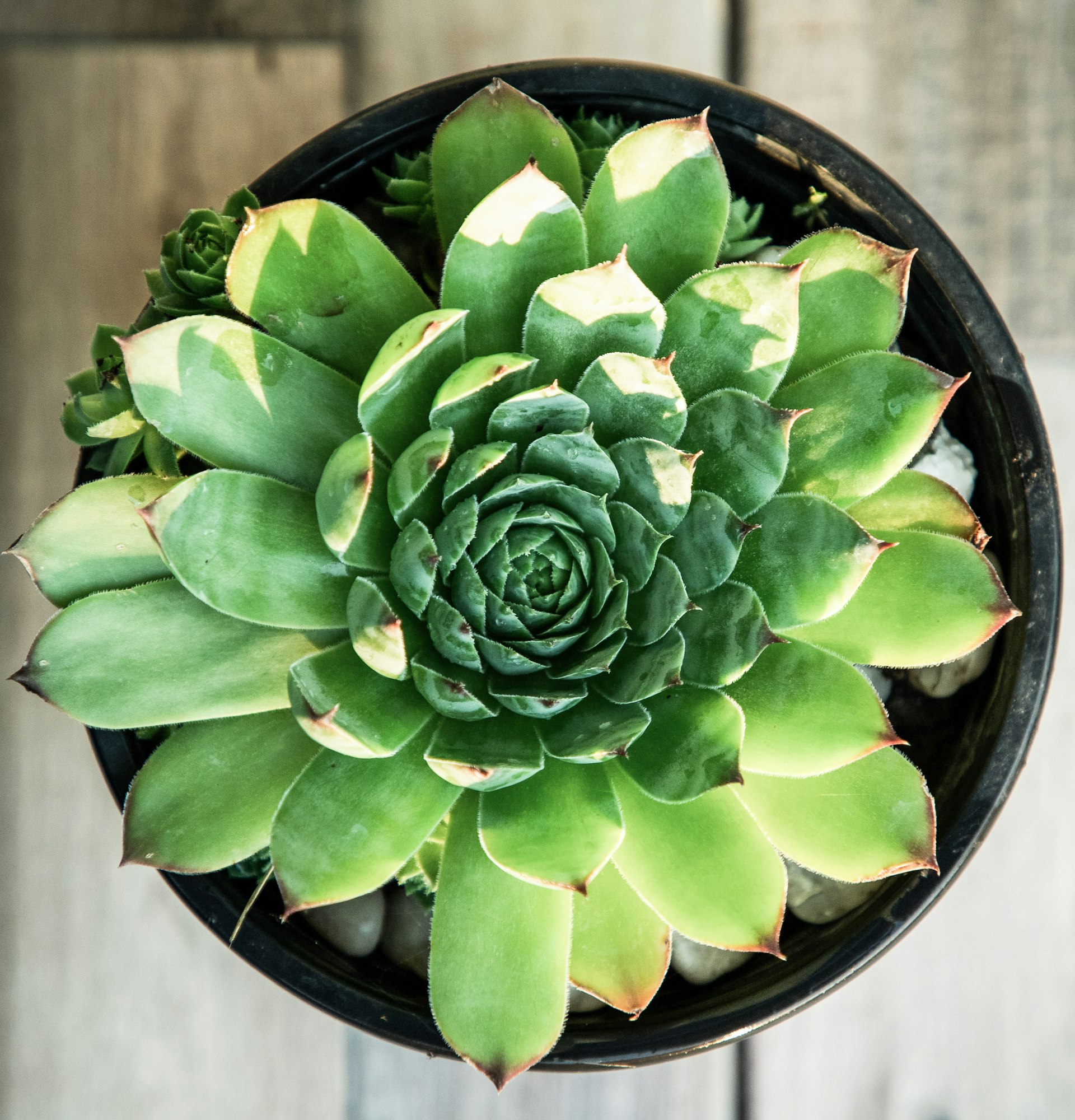
Also known as “Hens and Chicks,” these hardy succulents form tight clusters of rosettes, constantly producing new offspring, hence their name. Thrive in full sun to partial shade and require little watering.
They’re extremely cold-hardy, making them suitable for outdoor gardens as well. Sempervivum means “live forever,” reflecting their ability to produce numerous offshoots and withstand harsh conditions.
13. Fishbone Cactus (Disocactus anguliger)
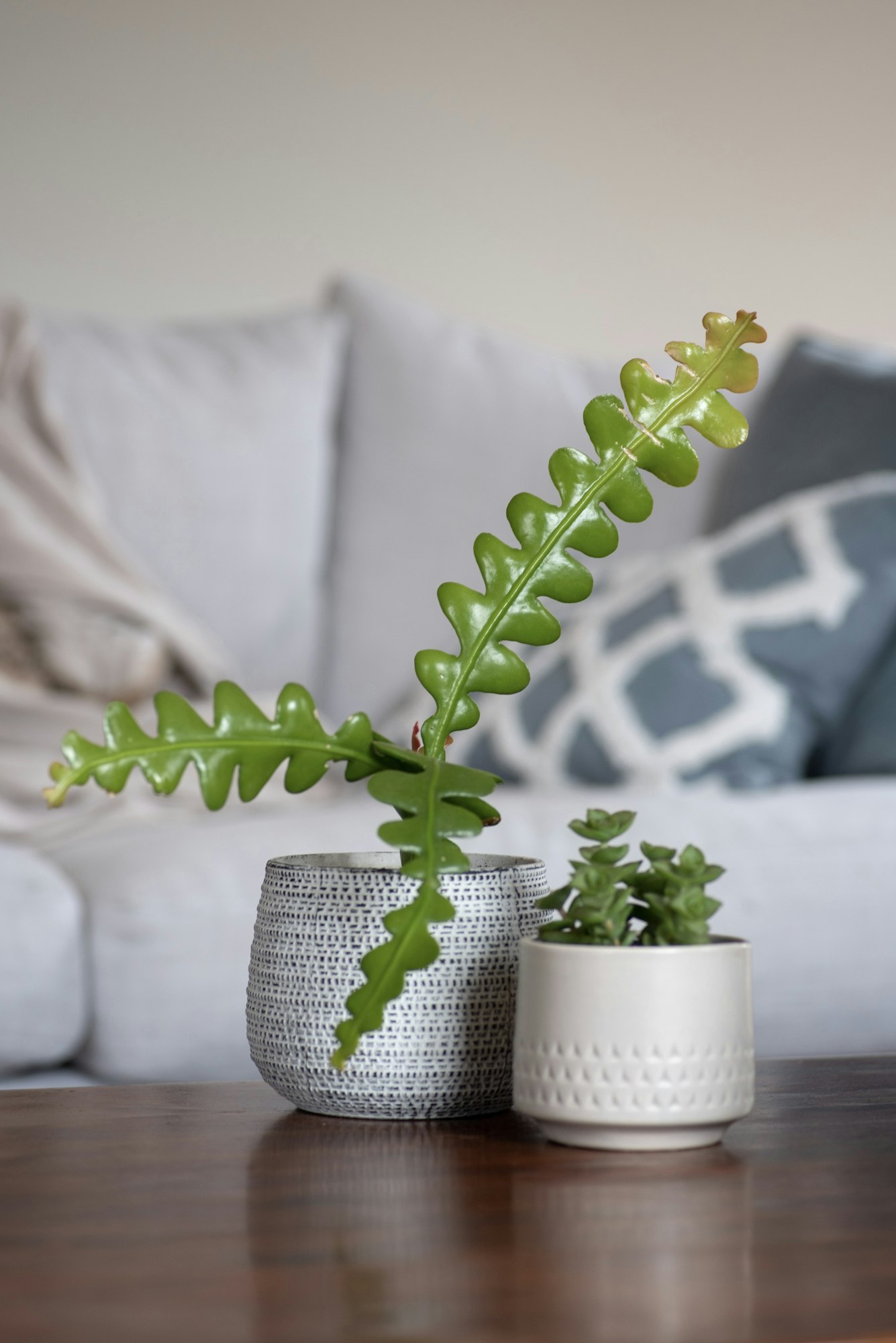
Named for its zigzag, fishbone-patterned leaves, this cactus adds an exotic flair to any indoor garden with its unique structure and occasional night-blooming flowers. Prefers indirect light and high humidity, with regular watering during the growing season. Less water is needed in winter.
The flowers of the Fishbone Cactus open at night and exude a delightful fragrance, making them a nocturnal spectacle.
14. Agave (Agave spp.)

Agave plants are striking with their large, pointed leaves and architectural silhouette, making a bold statement in any indoor space. Known for their role in producing tequila, these plants bring a touch of the exotic to your home.
They love bright light and can handle direct sunlight. Water infrequently, allowing the soil to dry out completely between waterings, and use well-draining soil to prevent root rot. The Agave can take many years to flower, but when it does, the flower stalk can grow several feet tall, blooming with impressive flowers before the plant completes its life cycle.
15. Hens and Chicks (Echeveria elegans)
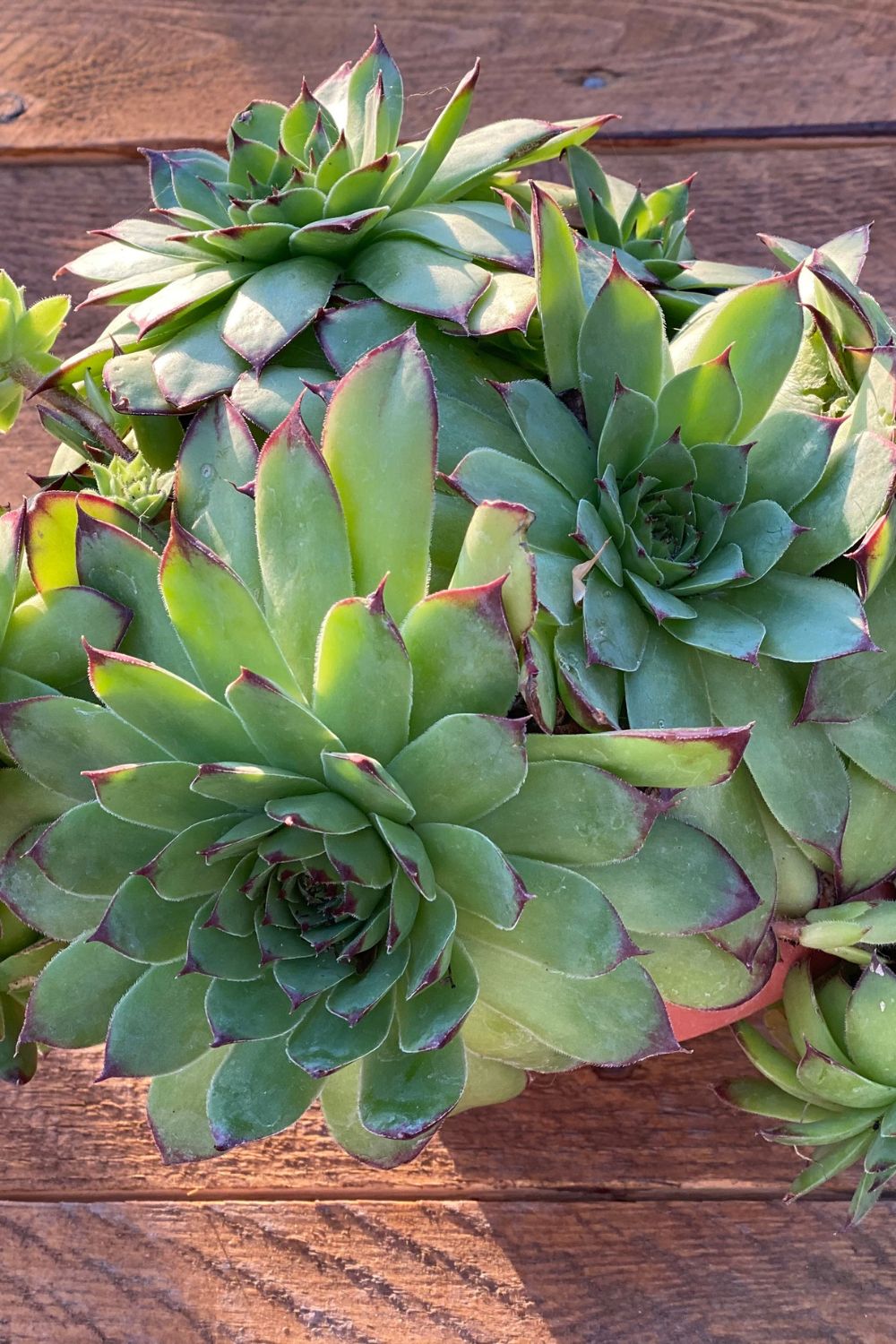
Echeveria elegans, often confused with Sempervivum due to their common name, showcases rosettes of silver-green leaves. These succulents are perfect for creating a textured, ground-cover effect in containers or gardens. Prefers full to partial sunlight and requires watering only when the soil is dry to the touch.
They are drought-tolerant once established. The “chicks,” or offsets, can easily be replanted to propagate new plants, making Echeveria elegans a gift that keeps on giving.
16. Moon Cactus (Gymnocalycium mihanovichii)

The Moon Cactus is a vibrant graft of two cacti, with the colorful top part lacking chlorophyll, making it dependent on the green base for survival. Its bright hues range from pink to yellow. Requires indirect light and moderate watering, allowing the soil to almost dry out between waterings.
Avoid direct sunlight, which can harm the colored top. This cactus is a fascinating example of human intervention in horticulture, showcasing the beauty of symbiotic relationships.
17. Rubber Plant (Peperomia obtusifolia)
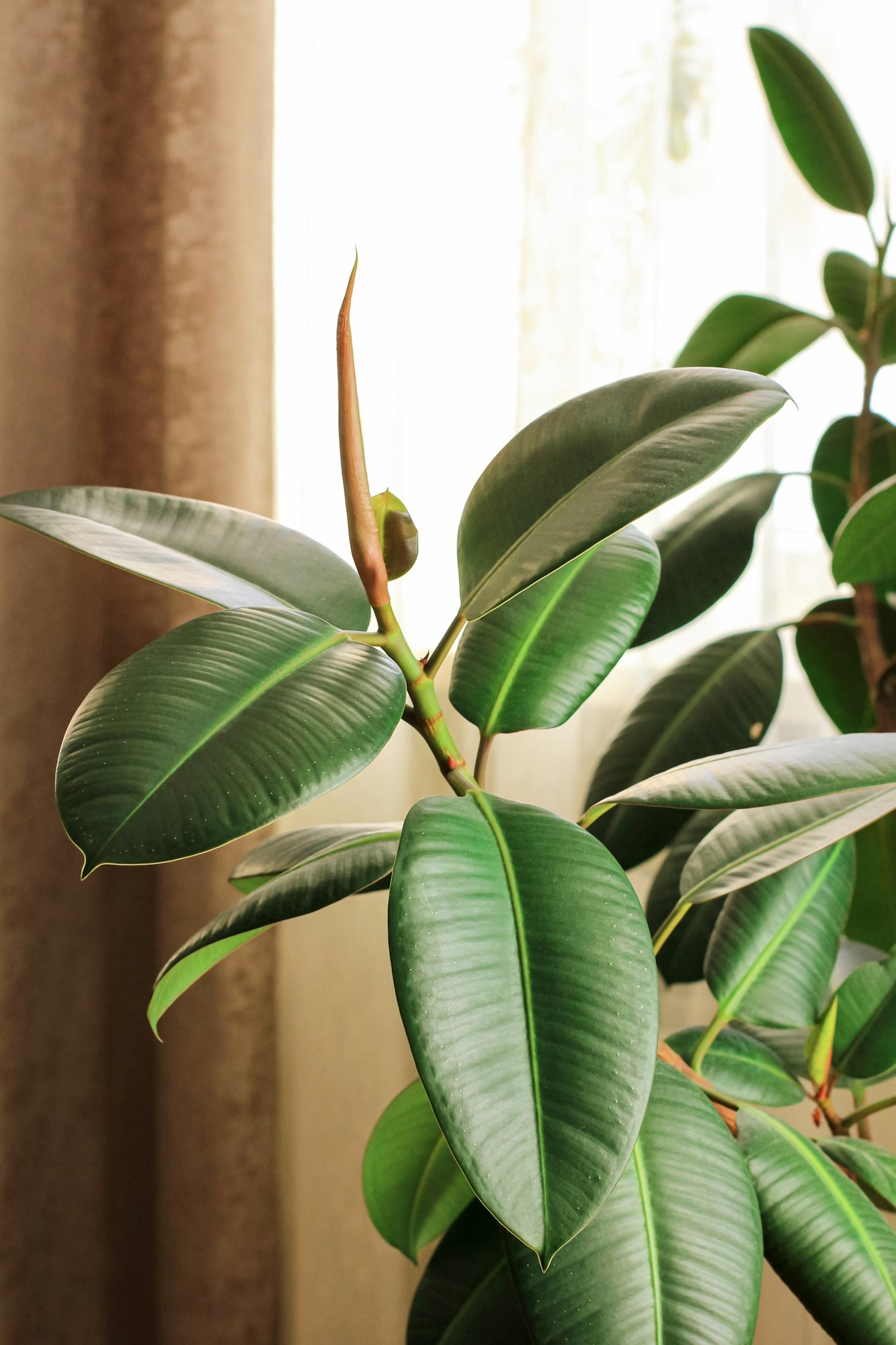
Not a true succulent but often grouped with them due to their thick, fleshy leaves, the Rubber Plant is a hardy, low-maintenance houseplant that can add a tropical feel to any room. Prefers moderate to bright indirect light and watering when the top inch of soil is dry. It appreciates humidity and occasional misting. The Rubber Plant is not just decorative; it’s also an excellent air purifier, removing toxins from the air and improving indoor air quality.
With this comprehensive exploration of 17 exceptional succulents perfect for indoor environments, we’ve ventured through a diverse landscape of shapes, sizes, and colors. Each plant offers something unique, not just in terms of aesthetics but also in ease of care and resilience.





